Order Passeriformes Higher classification Cisticola | Phylum Chordata Scientific name Cisticola fulvicapilla Rank Species | |
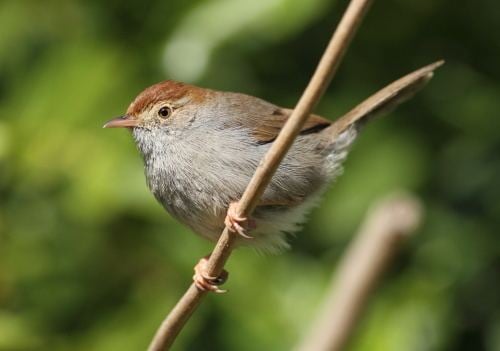 | ||
Similar Cisticola, Bird, Levaillant's cisticola, Bar‑throated apalis, Lazy cisticola | ||
The cisticola neddicky mystery hd with animation
The neddicky, or piping cisticola, (Cisticola fulvicapilla), is a small passerine bird. The common name neddicky is used from the Afrikaans name for the species, as it is commonly known.
Contents
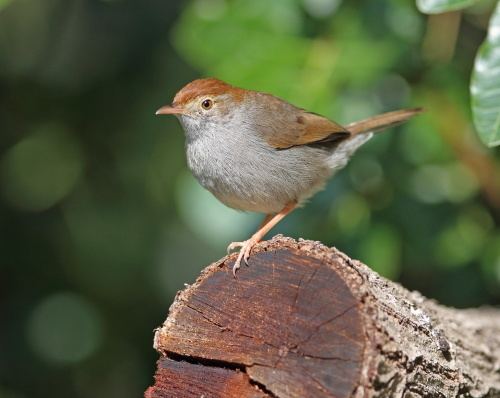
This cisticola is a resident breeder in much of Africa from Gabon, the Democratic Republic of Congo, Rwanda and Tanzania south to the Cape.
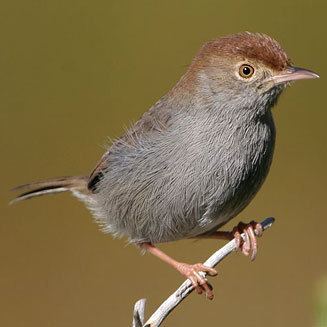
The neddicky is a very common bird of open woodland, including savannah with trees and open plantations of exotic species. It avoids densely wooded habitats.
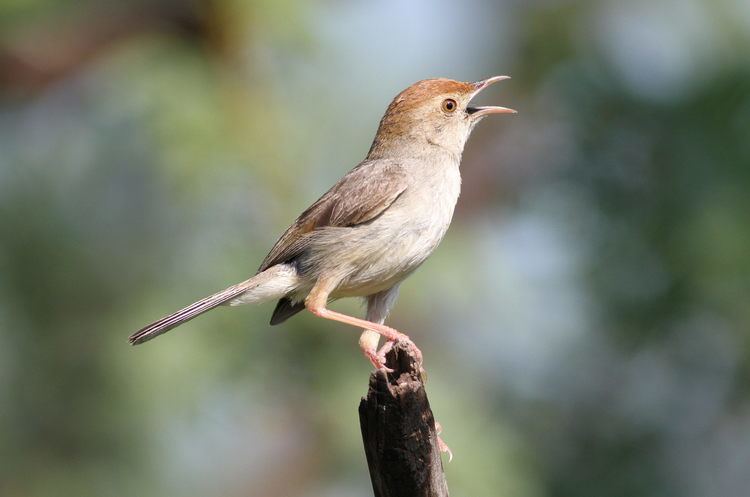
Description
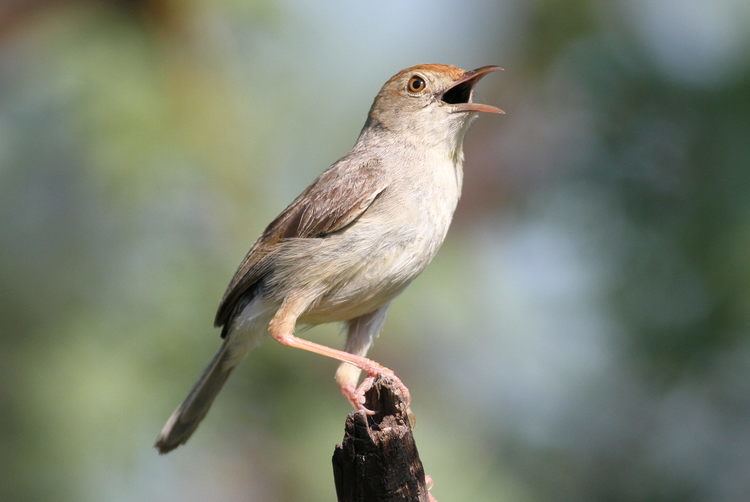
The neddicky is a small, vocal, dull-coloured brown bird, 11 cm in length. Its tail is not as short as that of some other cisticola species. This bird has a reddish cap and a plain back. The underparts are buff, darker in tone on the breast. The brown bill is short and straight, and the feet and legs are pinkish-brown. The eye is light brown. The sexes are similar, but juvenile birds are yellower.
The southern form found in the western Cape Province has grey underparts and a grey-brown back. Although cisticolas can be very similar in plumage, this greyish subspecies is therefore quite distinctive.
The call of the neddicky is a monotonous, penetrating, repetitive weep weep weep. The alarm call is a loud clicking tictictictic, like a fingernail running across the teeth of a comb.
Behaviour
The neddicky builds a ball-shaped nest with a side entrance from dry grass, cobwebs and felted plant down. The nest is placed low in a thorny shrub, or in thick grass. In South Africa, this bird breeds mainly from September to March.
The neddicky is usually seen in pairs or singly, flitting in a bush or the grass at the base of a tree as it forages for small insects.
Conservation status
This common species has a large range, with an estimated extent of 4,100,000 km². The population size is believed to be large, and the species is not believed to approach the thresholds for the population decline criterion of the IUCN Red List (i.e. declining more than 30% in ten years or three generations). For these reasons, the species is evaluated as least concern.
